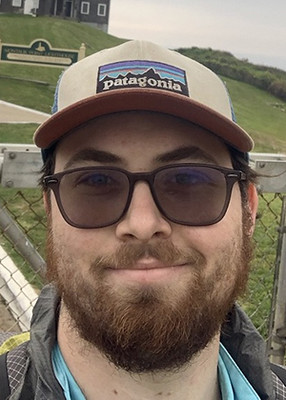
Title: Detectorology and its Phenomenological Applications
Abstract: Particle colliders like the Large Hadron Collider are our best tool for probing nature at the TeV scale. Fully leveraging the capabilities of these huge machines to further study and constrain the Standard Model requires the continual development of novel techniques, both in theory and experiment. One avenue for this is the development of observables which keenly probe the relevant physics, are accessible to current or near term experiments, and are underpinned by well-de.ned, .eld-theoretic objects. One such observable that has received signi.cant recent attention for its applications to studies of the strong interaction and quantum chromodynamics (QCD) is the energy correlator (EEC). As a jet substructure observable, energy correlators have already been used to perform a precision measurement of the strong coupling constant and show promise in revealing properties of con.nement, the quark-gluon plasma, and heavy quark e.ects. In what follows, we will formulate the energy correlator both in terms of a weighted cross section and the correlation function of light-ray operators in a conformal .eld theory. Not only will this allow us to understand the EEC as a phenomenologically useful observable, but also as an object with deep connections to various e.orts in formal theory. We will then turn to the construction of novel energy correlator observables using techniques from both formal theory and phenomenological QCD, including the three-point energy correlator for heavy quark jets, the four-point energy correlator in QCD for particular kinematic limits, and correlators which measure powers of particle energy. We will also discuss moving beyond energy entirely and investigate operators that measure particle energy weighted by an additional quantum number such as electric charge. Throughout, we will discuss phenomenological and formal applications of these objects, including studies of the light-ray operator product expansion and non-perturbative functions in QCD.
Defense Committee: Ian Moult (advisor), David Poland, Thomas Appelquist, Laura Havener, Carlota Andres